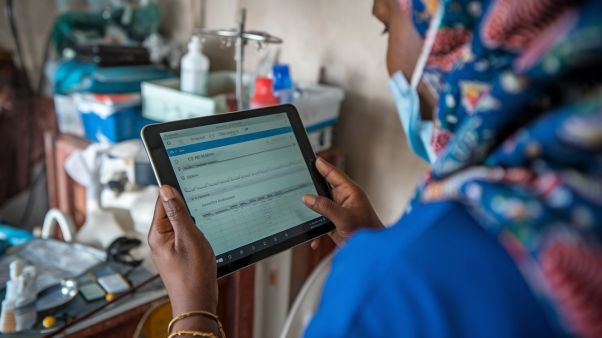Access to specialized healthcare remains a significant challenge in rural areas, where the shortage of medical specialists such as cardiologists, oncologists, and paediatricians often leads to delayed or inadequate treatment. In India and many other countries, this disparity contributes to higher morbidity and mortality rates in rural populations. Telehealth, the delivery of healthcare services through digital platforms, has emerged as a powerful tool to address this gap, transforming the way rural healthcare is delivered.
Understanding the Specialist Shortage in Rural Areas
The World Health Organization (WHO) recommends a doctor-patient ratio of 1:1,000. However, rural areas in India and other developing nations fall significantly short of this benchmark. Key reasons for this shortage include:
- Lack of infrastructure and facilities in rural hospitals.
- Reluctance of specialists to work in remote areas due to limited career growth opportunities and quality of life.
- Uneven distribution of healthcare resources, with most specialists concentrated in urban centers.
How Telehealth Bridges the Gap
Telehealth has demonstrated its potential to address specialist shortages in several impactful ways:
- Remote Consultations:
- Patients in rural areas can connect with specialists located in urban centers through video consultations, reducing the need for travel.
- Many platforms have facilitated millions of consultations, particularly during the COVID-19 pandemic.
- Expert Opinions for Local Physicians:
- Telehealth enables local healthcare providers to consult with specialists for complex cases, improving diagnosis and treatment plans.
- This collaborative approach enhances the capabilities of general practitioners in rural areas.
- Continuity of Care:
- Chronic disease management for conditions like diabetes, hypertension, and cancer is streamlined through regular virtual follow-ups.
- Patients can access timely care without the financial and logistical burden of traveling to urban hospitals.
- Training and Skill Development:
- Telehealth platforms facilitate training sessions and knowledge-sharing for rural healthcare workers, enabling them to provide better care.
- Real-time case discussions and virtual workshops improve the competency of medical staff in remote areas.
Real-World Examples
Several successful telehealth initiatives illustrate its effectiveness in bridging specialist shortages:
- Project ECHO: A global initiative that supports rural healthcare providers through tele-mentoring and case-based learning, empowering them to handle specialist-level cases.
Challenges in Telehealth Implementation
Despite its benefits, telehealth faces several hurdles:
- Infrastructure Limitations: Poor internet connectivity and lack of digital devices in rural areas hinder seamless telehealth services.
- Digital Literacy: Low awareness and comfort with technology among rural populations can impede adoption.
- Regulatory and Policy Issues: Clear guidelines and frameworks are needed to ensure patient safety, data privacy, and accountability.
The Road Ahead
To maximize the impact of telehealth in rural areas, strategic interventions are necessary:
- Investing in Infrastructure: Expanding broadband connectivity and providing affordable digital devices are critical for telehealth penetration.
- Capacity Building: Training healthcare providers and educating patients on telehealth can boost adoption.
- Public-Private Partnerships: Collaborations between governments, NGOs, and private players can scale telehealth initiatives effectively.
- Policy Support: Strengthening telemedicine guidelines and incentivizing specialists to participate in telehealth programs will enhance their reach.
Conclusion
Telehealth has proven to be a game-changer in addressing the specialist shortages plaguing rural areas. By leveraging technology, it brings quality healthcare to underserved populations, ensuring timely interventions and improved health outcomes. As digital infrastructure and telemedicine practices evolve, telehealth will play an increasingly vital role in bridging healthcare disparities and creating a more equitable healthcare system.




